- 全部删除
 您的购物车当前为空
您的购物车当前为空
Anti-NR0B2 Polyclonal Antibody
产品编号 TMAB-01262
别名 Small heterodimer partner, SHP-1, Shp1, SHP, Orphan nuclear receptor SHP, Nuclear receptor subfamily 0, group B, member 2a, Nuclear receptor subfamily 0 group B member 2, Nr0b2a, NR0B2
Anti-NR0B2 Polyclonal Antibody 是一种 Rabbit 抗体,靶向 NR0B2。Anti-NR0B2 Polyclonal Antibody 可用于 WB,IHC-P,IHC-Fr,IF。
Anti-NR0B2 Polyclonal Antibody
Anti-NR0B2 Polyclonal Antibody
产品编号 TMAB-01262 别名 Small heterodimer partner, SHP-1, Shp1, SHP, Orphan nuclear receptor SHP, Nuclear receptor subfamily 0, group B, member 2a, Nuclear receptor subfamily 0 group B member 2, Nr0b2a, NR0B2
Anti-NR0B2 Polyclonal Antibody 是一种 Rabbit 抗体,靶向 NR0B2。Anti-NR0B2 Polyclonal Antibody 可用于 WB,IHC-P,IHC-Fr,IF。
| 规格 | 价格 | 库存 | 数量 |
|---|---|---|---|
| 50 μL | ¥ 1,165 | 5日内发货 | |
| 100 μL | ¥ 1,975 | 5日内发货 | |
| 200 μL | ¥ 2,795 | 5日内发货 |
大包装 & 定制
加入购物车
TargetMol 的所有产品仅用作科学研究或药证申报,不能被用于人体,我们不向个人提供产品和服务。请您遵守承诺用途,不得违反法律法规规定用于任何其他用途。
Anti-NR0B2 Polyclonal Antibody 相关产品
联系我们获取更多批次信息
资源下载
产品介绍
生物活性
抗原信息
化学信息
| 产品描述 | Anti-NR0B2 Polyclonal Antibody is a Rabbit antibody targeting NR0B2. Anti-NR0B2 Polyclonal Antibody can be used in WB,IHC-P,IHC-Fr,IF. |
| 别名 | Small heterodimer partner, SHP-1, Shp1, SHP, Orphan nuclear receptor SHP, Nuclear receptor subfamily 0, group B, member 2a, Nuclear receptor subfamily 0 group B member 2, Nr0b2a, NR0B2 |
| Ig Type | IgG |
| 交叉反应 | Mouse,Rat (predicted:Human,Dog,Cow,Horse,Rabbit) |
| 验证活性 | 1. Tissue/cell: mouse spleen tissue; 4% Paraformaldehyde-fixed and paraffin-embedded; Antigen retrieval: citrate buffer (0.01M, pH6.0), Boiling bathing for 15 min; Block endogenous peroxidase by 3% Hydrogen peroxide for 30 min; Blocking buffer (normal goat serum) at 37°C for 20 min; Incubation: Anti-NROB2 Polyclonal Antibody, Unconjugated (TMAB-01262) 1:200, overnight at 4°C, followed by conjugation to the secondary antibody and DAb staining. 2. Paraformaldehyde-fixed, paraffin embedded (rat brain); Antigen retrieval by boiling in sodium citrate buffer (pH6.0) for 15 min; Block endogenous peroxidase by 3% hydrogen peroxide for 20 min; Blocking buffer (normal goat serum) at 37°C for 30 min; Antibody incubation with (NR0B2) Polyclonal Antibody, Unconjugated (TMAB-01262) at 1:200 overnight at 4°C, followed by operating according to SP Kit (Rabbit) instructionsand DAB staining. 3. Paraformaldehyde-fixed, paraffin embedded (rat lung); Antigen retrieval by boiling in sodium citrate buffer (pH6.0) for 15 min; Block endogenous peroxidase by 3% hydrogen peroxide for 20 min; Blocking buffer (normal goat serum) at 37°C for 30 min; Antibody incubation with (NR0B2) Polyclonal Antibody, Unconjugated (TMAB-01262) at 1:200 overnight at 4°C, followed by operating according to SP Kit (Rabbit) instructionsand DAB staining. 4. Sample: Lane 1: Rat Kidney tissue lysates Lane 2: Rat Small intestine tissue lysates Primary: Anti-NR0B2 (TMAB-01262) at 1/1000 dilution Secondary: IRDye800CW Goat Anti-Rabbit IgG at 1/20000 dilution Predicted band size: 28 kDa Observed band size: 28 kDa |
| 应用 | |
| 推荐剂量 | WB: 1:500-2000; IHC-P: 1:100-500; IHC-Fr: 1:100-500; IF: 1:100-500 |
| 抗体种类 | Polyclonal |
| 宿主来源 | Rabbit |
| 亚细胞定位 | Nucleus. Cytoplasm. Note=Colocalizes with NEUROD1 in the nucleus. |
| 构建方式 | Polyclonal Antibody |
| 纯化方式 | Protein A purified |
| 性状 | Liquid |
| 缓冲液 | 0.01M TBS (pH7.4) with 1% BSA, 0.02% Proclin300 and 50% Glycerol. |
| 研究背景 | SHP is an orphan nuclear receptor containing the dimerization and ligand-binding domains found in other nuclear receptors, but lacking the conserved DNA binding domain. SHP is specifically expressed in liver and other tissues, including fetal liver and adrenal gland, as well as adult spleen and small intestine. In addition, SHP is highy expressed in the murine macrophage cell line RAW 264.7 but suppressed by oxLDL and 13-HODE, which is a ligand for PPARg. SHP interacts with nuclear receptors, including thyroid receptor, retinoic acid receptors (RAR and RXR) and estrogen receptors (ERa and ERb). SHP functions as a negative regulator of these receptors by at least three mechanisms: inhibition of DNA binding via dimerization, direct antagonism of coactivator function through competition and possibly transrepression via recruitment of putative corepressors. In oxLDL-treated, resting macrophage cells, SHP acts as a transcription coactivator of NFkB, suggesting that SHP is a modulatory component in the regulation of the transcriptional activities of NFkB. Lastly, negative feedback regulation of a hepatic bile acid transporter, NTCP, is controlled by bile acid-activated FXR via induction of SHP to protect the hepatocyte from bile acid-mediated damage in cholestatic conditions. |
| 免疫原 | KLH conjugated synthetic peptide: human NR0B2 |
| 抗原种属 | Human |
| 基因ID | |
| Uniprot ID | |
| 研究领域 | Retinoic & Retinoid,Lipid metabolism,Retinoic & Retinoid |
| 分子量 | Theoretical: 28 kDa. |
存储&运输
| 储存方式 | Store at -20°C or -80°C for 12 months. Avoid repeated freeze-thaw cycles. |
| 运输方式 | Shipping with blue ice. |
计算器
SCI 文献
评论列表
Related Tags: buy Anti-NR0B2 Polyclonal Antibody | purchase Anti-NR0B2 Polyclonal Antibody | Anti-NR0B2 Polyclonal Antibody cost | order Anti-NR0B2 Polyclonal Antibody | Anti-NR0B2 Polyclonal Antibody molecular weight



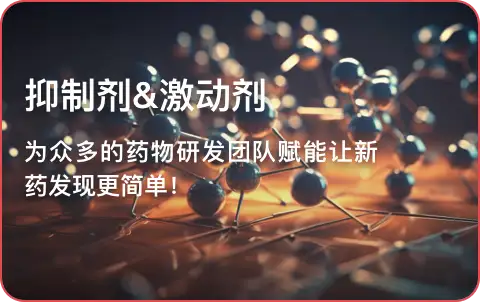


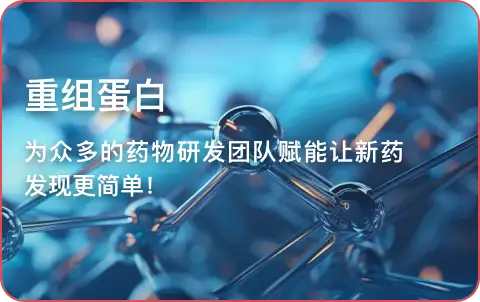



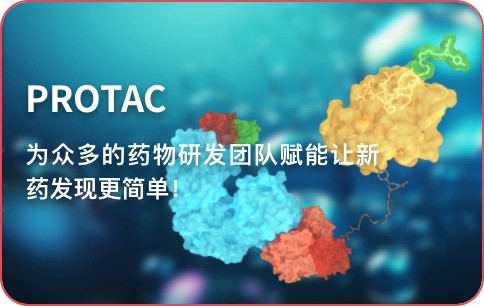





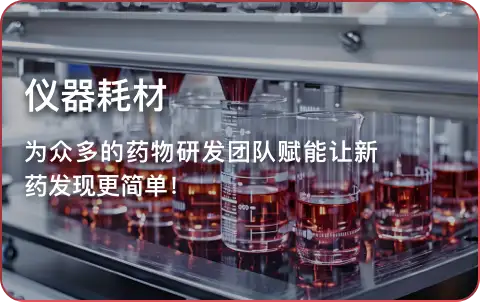
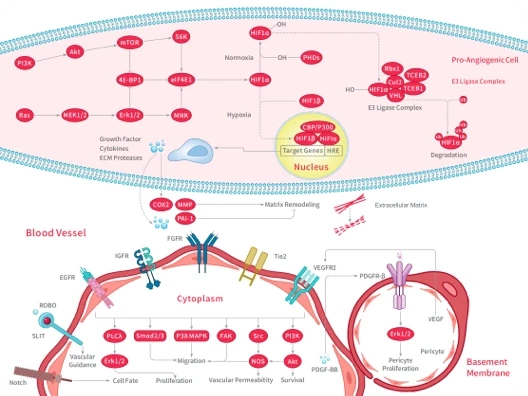
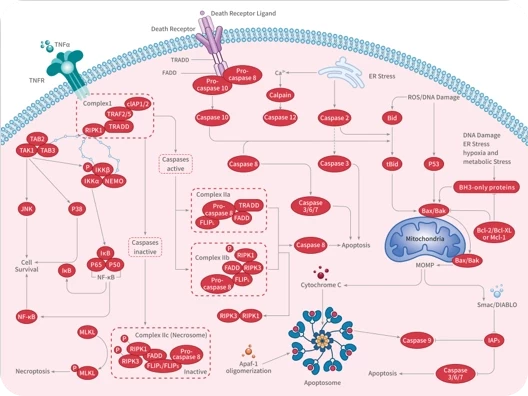
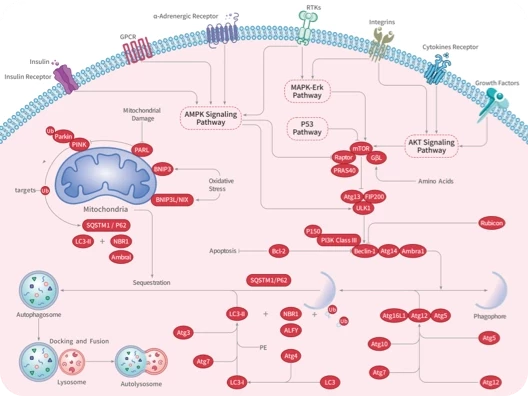


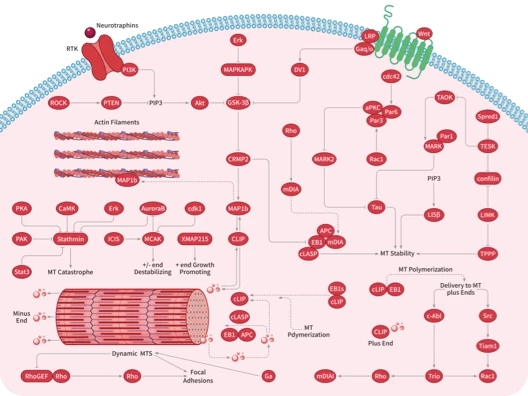
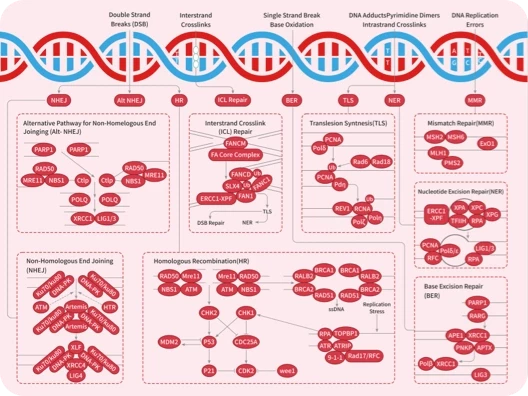

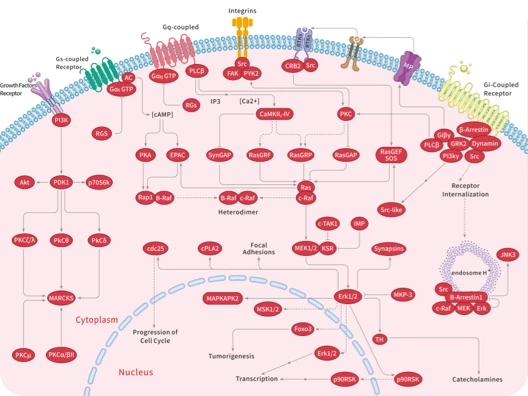
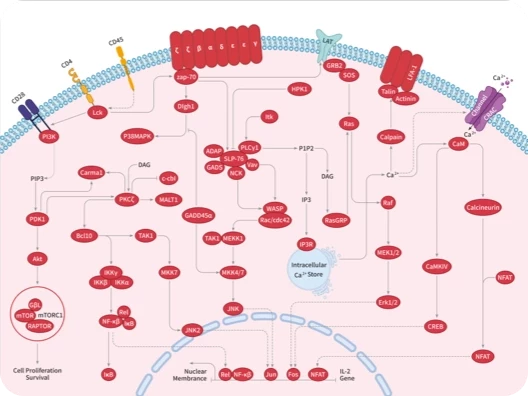
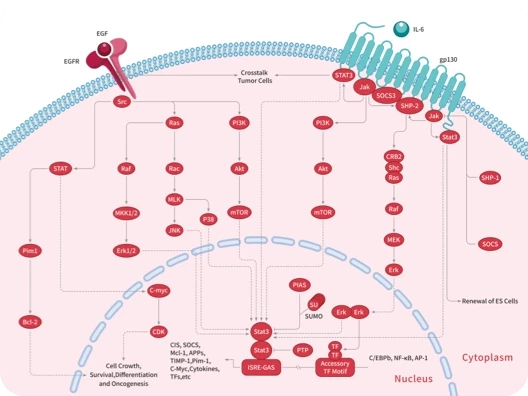
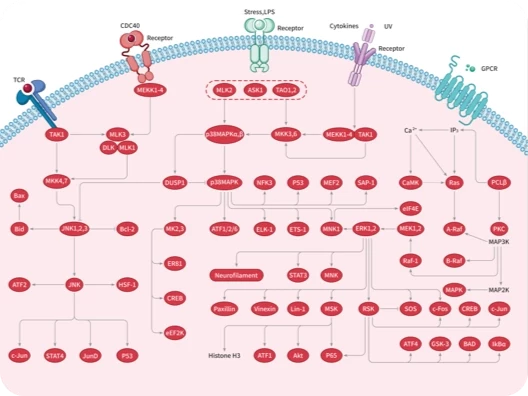


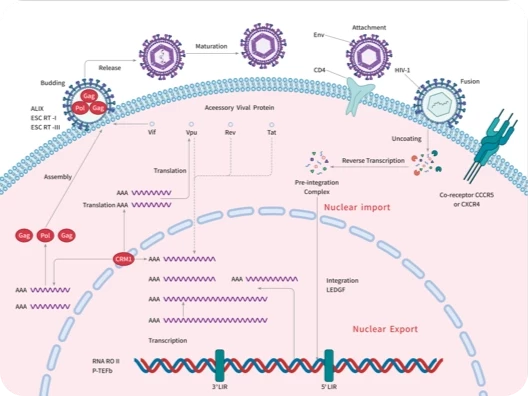

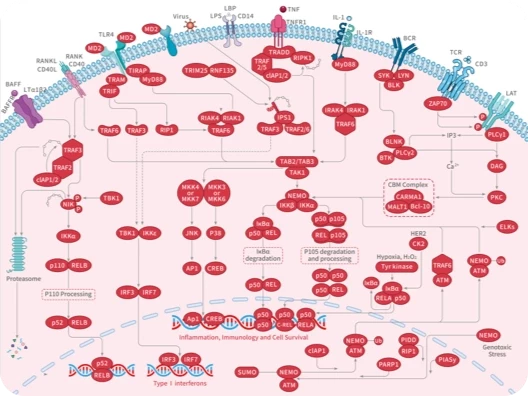
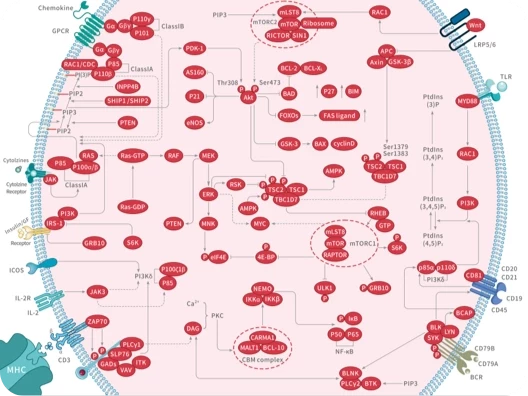
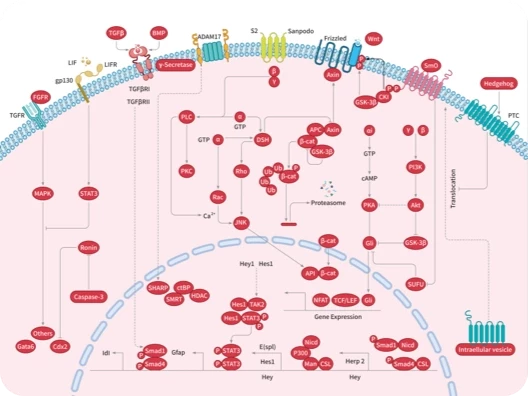

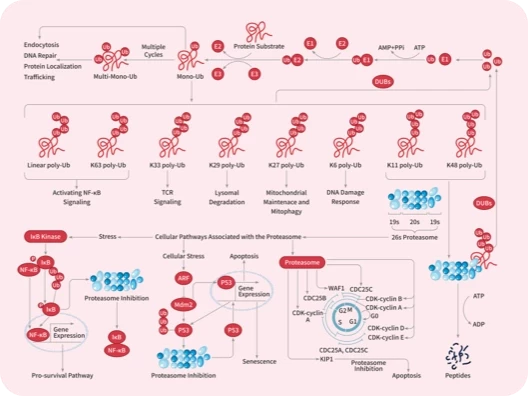


 还可以
还可以


评论内容